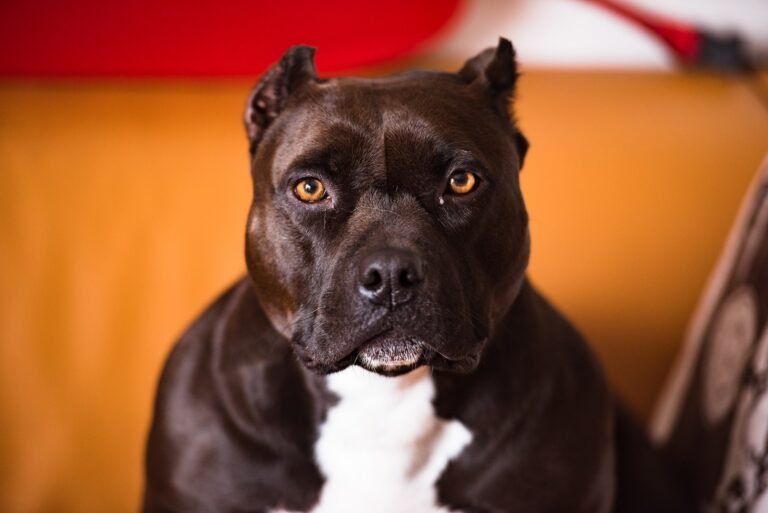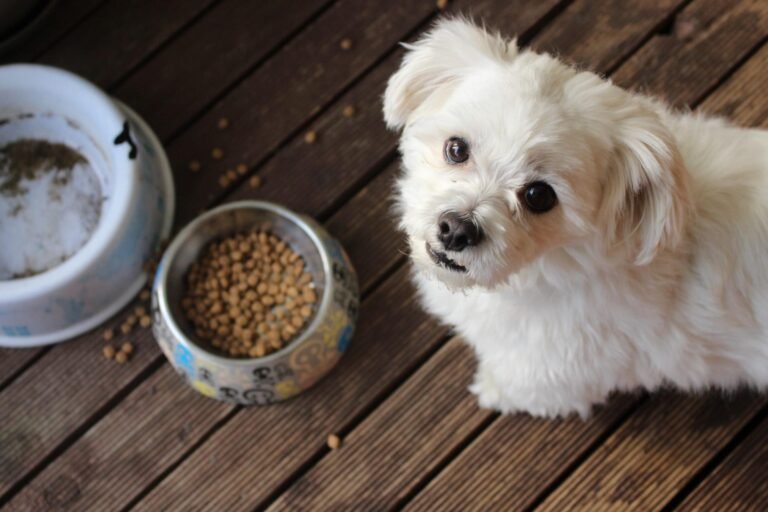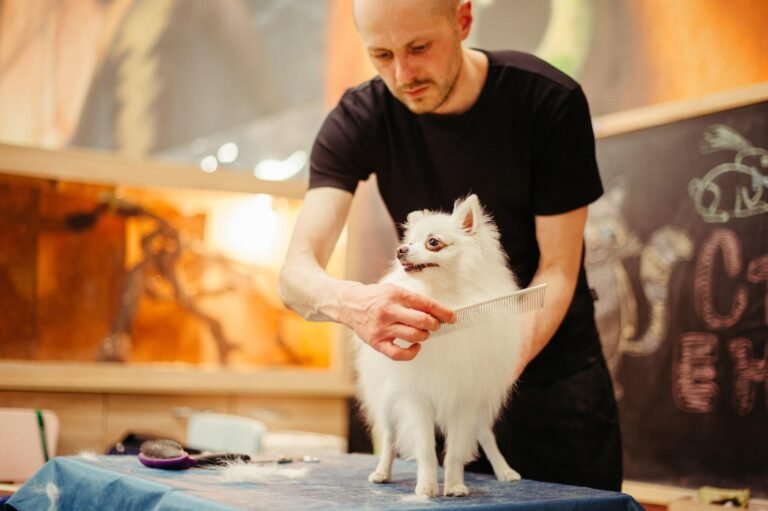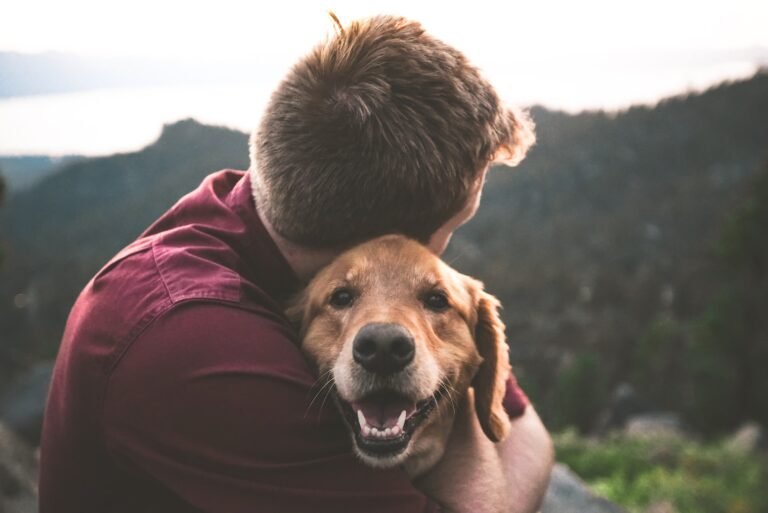jealous dog

A jealous gesture occurs when your dog “claims” a certain resource, like a toy or a bed, and tries to hide it. Types who are restless, grumpy, or even growl at other creatures are showing “jealous aggression,” and it’s important to be in the middle. With tolerance and training, you can help your dog relax. Read on for tips on how to deal with a very jealous dog.
Knowing what a dog’s jealous gesture looks like
Some jealous gestures don’t seem to matter very much. For example, if your dog “ignores” you when you ask him to drop a tennis ball, that’s a secondary form of possessiveness, but you probably don’t worry too much about it. But these small signs of resource conservation can become bigger problems.
You do have a problem, however, if your dog growls or growls at you when you try to pick up the toy. The first step in dealing with a jealous dog is to celebrate the warning signs of a jealous act. Refusing to give up a toy or treat when asked, snacking on other children’s food, hoarding toys or treats Crushing other creatures while holding a toy The Jealous Dog gesture is similar to headbutting another dog, which is valuable. Once you know what actions to look out for, you’ll be better able to deal with a jealous dog.
Environmental Prevention and Management
The quickest way to control your dog’s jealousy is to help him access the effects he protects. For example, my dog Radar is jealous of chew toys like sticks, so I don’t keep them in the house. The simplest result, however, is to not drive those details home if your dog is jealous of “high quality.” Details. You can also use doors and gates in your home to keep a jealous dog away from treasure chests it may be guarding.
Dog loves to whip batons and I like to smack him once in a while, but I make sure I do it in a different room from the radar.
Finally, if your dog is only jealous in certain situations, you can control when and where you allow him valuable treats and toys. Some guys will guard the coliseum with food when another animal is around, but they have no problem feeding themselves in the room. You can use the terrain to control your dog’s actions.
Let him, stop him and swap him
Sometimes a jealous dog needs a first lesson in obedience. All the basics from “sit” to “stay” are important to your dog, but these three commands are very useful for little ones who tend to stick with the money “Forget it!”
“This command tells your dog to ignore a tempting snack or toy and focus on you or avoid a tempting bite. This command will help you control your jealous dog’s response to boxes. Forget it! A key commandment for all children, “Let it go” is especially helpful for children who are jealous of their toys. Forming a reliable “drop” can help a gesture of jealousy before it even begins.
“Swap” is similar to “drop it” and is useful when your dog doesn’t want to drop the object he’s guarding. They essentially offer a “better” resource than the bone it protects. And use “drop” if Radar doesn’t drop the tennis ball. I show him a particularly tasty treat, say “swap” and then “sit”. When he sits down, he gets a tasty surprise as a reward and drops the ball! Training, takes time and tolerance, but when you’re consistent, you and your dog will breathe easier.
Nothing in life comes for free
and doesn’t get better. However, we’re disappointed when he snarls at another animal over the Coliseum with food. We totally understand if you have trouble telling your dog no when he asks for treats.
Nothing in life is free education can help you! Nothing in life comes for free or NILIF training teaches your dog that all treasures come from mortals. The goal is to get the dog to work for whatever it needs. A professional trainer or online friend will give you the details, but you can start small by asking your dog to sit down a few times before letting him eat. The key is patience and patience! ,NILIF training ,is a positive and safe way to remind your dog that you are in control of the ligaments and can greatly reduce the act of jealousy. Desensitize and condition the jealous dog, grunt or rumble) may take longer to practice. Desensitization and anti-conditioning training is a gradual and intentional process that involves changing your dog’s gestures. when trying to remove a toy. You can work with your jealous dog for weeks. The idea is to teach him not to react emotionally to a certain object or situation.
For illustration,a canine who growls when people come near her food coliseum can be trained not to reply at each, and ultimately to reply appreciatively to a person near them at mess time. The ASPCA has an excellent companion on using this type of training for food guarding.
Desensitization andcounter-conditioning training
is veritably effective, but takes a lot of time, tolerance, andconsistency.However, it may be stylish to consult a professional behaviorist, If you feel your canine may profit from this type of training.






